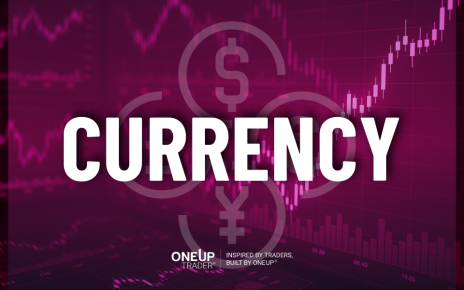- Gold reached a one-week high in the previous session amid safe-haven inflows.
- The dollar and Treasury yields soared on the back of Trump’s policy proposals.
- Market participants are keeping an eye on US economic data and policymaker remarks.
Gold prices eased on Wednesday after reaching a one-week high in the previous session amid safe-haven inflows. Investors rushed to the safe-haven yellow metal due to fears of an escalation in the Russia-Ukraine war.
Gold (Source: Bloomberg)
On Tuesday, Russian President Vladimir Putin said the country had updated its nuclear threshold following Ukraine’s recent attack. The US has been arming Ukraine with missiles used in the recent attack. However, the US did not respond to Putin’s threat, which helped ease the tensions.
The ever-present risk of an escalation in the Russia-Ukraine war or the Middle East conflict has the ability to reverse market trends. A lower threshold for using nuclear power in Russia increases the risk of a nuclear war that would be more destructive to the global economy.
Before the nuclear threat, gold had sharply declined as markets repriced Fed rate cut bets. The shift in outlook came following Trump’s presidential win. The dollar and Treasury yields soared on the back of Trump’s policy proposals, while gold collapsed. Analysts are predicting robust economic growth and high inflation under Trump’s administration.
Although gold is considered a hedge against inflation, it might not benefit since the Fed will likely keep interest rates high. High rates increase the opportunity cost of holding the non-yielding metal. Therefore, investors prefer to put their money in Treasury yields and the dollar. Furthermore, a stronger dollar will make gold more expensive for foreign buyers, reducing demand.
Elsewhere, market participants are keeping an eye on US economic data and policymaker remarks for clues on future Fed policy moves. Last week, the US released the all-important consumer inflation report, which showed that prices had increased by 0.2%. The figure aligned with forecasts and solidified bets for a December Fed rate cut.
However, bets fell soon after Powell said there was no hurry to cut interest rates. His slightly hawkish tone signaled a growing reluctance among policymakers to lower rates since Trump’s win. Consequently, gold prices eased.
Meanwhile, US retail sales increased by a bigger-than-expected 0.4%. However, the core figure missed forecasts, giving a mixed picture of consumer spending. This week, investors will pay attention to Fed policymakers for insights on future rate cuts. Currently, the likelihood of a December Fed rate cut is 58.9%.


